#nasa earth
Explore tagged Tumblr posts
Text
“Out of This World: Women in Space,” an International Women’s Day Event at Robinson Nature Center, Columbia, MD. 75 guests attended our hands-on, panel discussion and planetarium event tonight. We were an international panel from NASA/Goddard Space Flight Center: Samelys (Puerto Rico), Eleonora (Italy), and Agnes (Philippines).





9 notes
·
View notes
Text
Do You Love the Color of the Sun?

Get dazzled by the true spectrum of solar beauty. From fiery reds to cool blues, explore the vibrant hues of the Sun in a mesmerizing color order. The images used to make this gradient come from our Solar Dynamics Observatory. Taken in a variety of wavelengths, they give scientists a wealth of data about the Sun. Don't miss the total solar eclipse crossing North America on April 8, 2024. (It's the last one for 20 years!) Set a reminder to watch with us.
37K notes
·
View notes
Text
Intense blazes, including the #LineFire in Southern California, created “fire clouds” that matured into thunderstorms. #Landsat 8 captured a #pyrocumulus rising from the fire on Sept. 9. Active fires are marked in red." @NASAEarth
0 notes
Text

Storm cloud over Texas l Laura Rowe NASA APOD
#space#storm#thunderstorm#clouds#astrophotography#astronomy#nasa#apod#photography#planets#earth#texas#sky
11K notes
·
View notes
Text
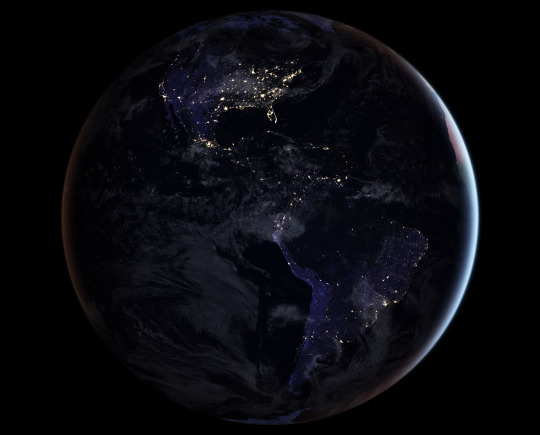
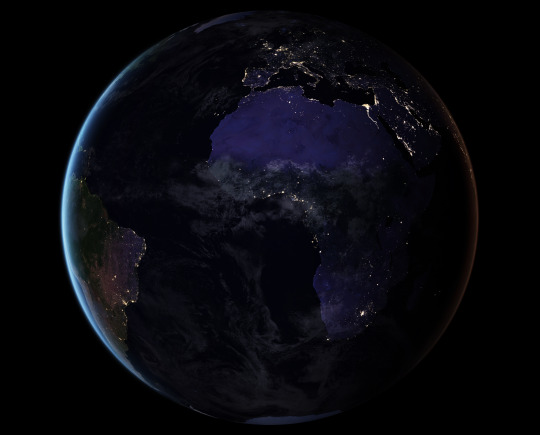
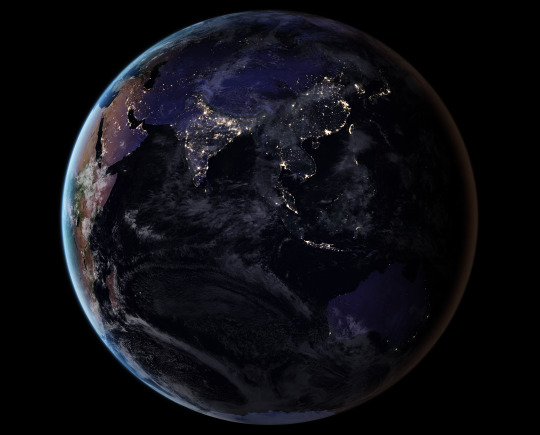
Earth at Night, Black Marble
5K notes
·
View notes
Text



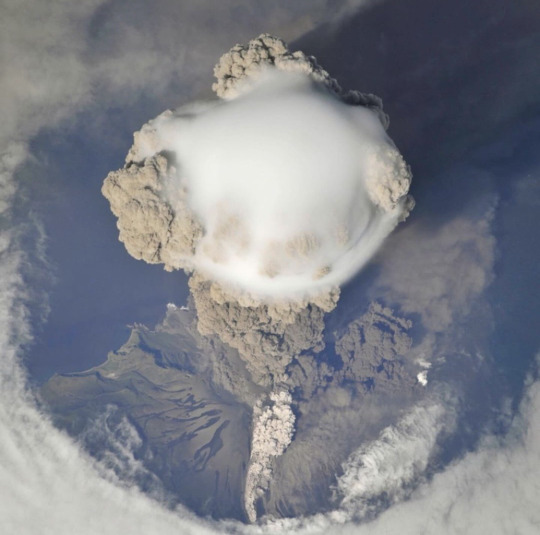
Volcano Eruptions seen from Space photos: NASA
13K notes
·
View notes
Text

Mt. Vesuvius
The #Landsat 8 satellite 🛰️ was overhead when clouds parted for a glimpse of Mount #Vesuvius—one of the most dangerous volcanoes on Earth. https://go.nasa.gov/33jxDaz 🌋
#nasa#nasa photos#nasa picture of the day#nasa earth#Mt. Vesuvius#Mt. Vesuvius playing peekaboo#nasawebb
1 note
·
View note
Text
PACE’s two polarimeters - HARP2 and SPEXone - see rainbows everywhere they look. They will measure properties of light after interacting with clouds and aerosols, like dust, smoke, and pollution. The data collected will tell scientists about the types of aerosols and how they interact with clouds. Learn more about these two instruments as we get closer to PACE's launch in early 2024.
Learn more: go.nasa.gov/48gLsT1
0 notes
Text



Ring of Fire in Cloudy Skies © Bryan Minear
#solar eclipse#nasa#astrophotography#space#universe#annular solar eclipse#planet#earth#sky#cosmos#astronomy#clouds#ring of fire
15K notes
·
View notes
Text
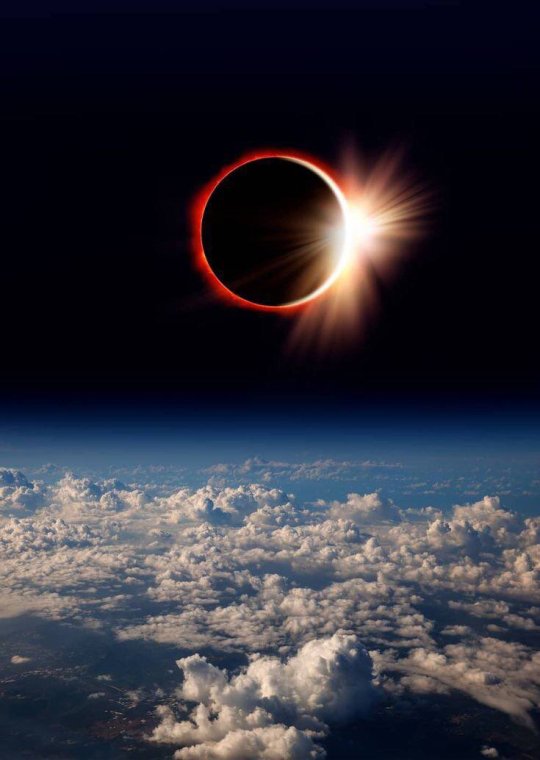
This is how Eclipse Solar 2024 is looking from space. 🔭🌘
#solar eclipse#solar eclipse 2024#eclipse#space#amazing#eclipse solar#sun#nasa#science#galaxy#nebula#cosmos#astronomy#night#sky#stars#Earth#moon#photography#earth#nature#awesome#art#day#clouds#blue#moonlight#🌙#perfect
4K notes
·
View notes
Text






























Highlights of the SSAI Winter Hollywood Gala 2025, Westwood Country Club, Vienna, VA.
0 notes
Text
On Monday, April 8, 2024, there’ll be a total solar eclipse – and it’ll be the last one to cross North America for 20 years. Make sure you’re tuned in to our live broadcast for this exciting event: there’ll be views from along the path of totality, special guests, and plenty of science.
Make sure to follow us on Tumblr for your regular dose of space!
10K notes
·
View notes
Text
3K notes
·
View notes
Text
#space exploration#space technology#science technology#technology#future technology#tech news#nasaspace#nasa earth#nasa news#nasa breaking news#space tech#technology news#tech
0 notes
Text
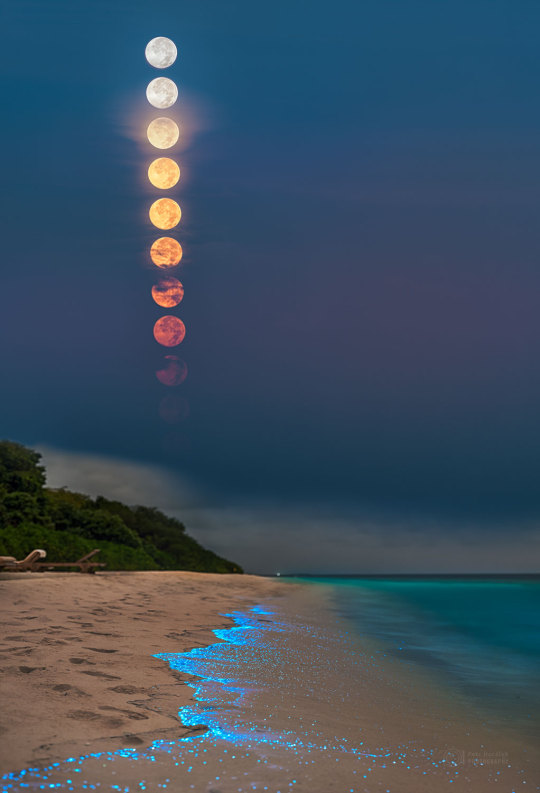
Full Plankton Moon over Maldives l Petr Horálek via NASA APOD
#nasa#apod#space#astrophotography#astronomy#maldives#plankton#moon#full moon#bioluminecent#sea#night#sky#stars#galaxy#universe#planets#solar system#earth
10K notes
·
View notes